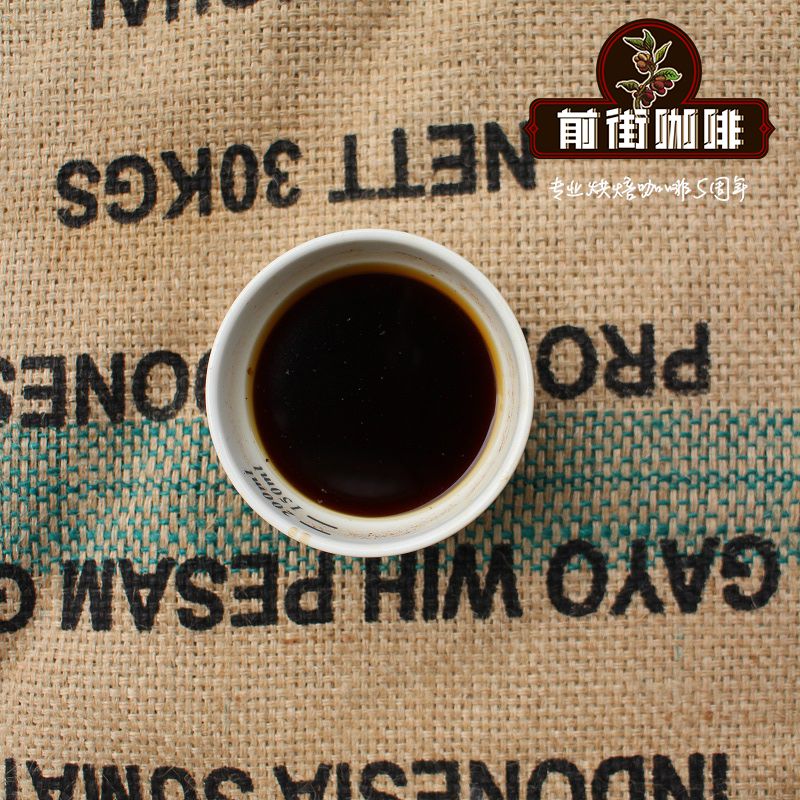What are the characteristics of Peruvian coffee in Peruvian coffee bean producing area? How should I drink Peruvian coffee?

Professional coffee knowledge exchange more coffee bean information please follow the coffee workshop (Wechat official account cafe_style)
Peru began growing coffee in the region a long time ago-around the mid-1700s. We are not sure how it reached much of Central America faster, which is actually closer to plant sources in the Caribbean. This is a mystery.
For most of the history of Peruvian coffee, however, most of the beans were enjoyed locally. Although production increased steadily in the 1700s and 1800s, not many beans were actually exported-very few beans were produced in the United States.
The late 1800s brought terrible diseases to Indonesia and neighboring countries and destroyed the coffee industry in Asia. As a result, European buyers began to pay attention to other producers around the world to meet Europe's insatiable demand for coffee, and they soon found Peru.
Peruvian coffee is dominated by small farmers, each with a land area of less than two hectares and produces about 3000 pounds of coffee per hectare. cultivation has a long history and is quite common in Peru, mainly because farmers here have opportunities or capital to invest in chemical fertilizers, pesticides and herbicides. But in recent years, due to climate change, coffee leaf rust has spread in various countries, because of organic cultivation, but also caused a massive reduction in Peruvian coffee production. Peruvian coffee trees are planted in high altitude areas, mainly Arabica varieties. Under the slow mature growth, the density of beans here is higher, and the flavor changes a lot. Among them, the highest altitude, Peru's most important coffee producing area is: cha Mayou Chanchamayo, located in the central highland on the eastern side of the Andes. This was followed by Amazon Amazonas and San Martin San Mart í n, located in the northern highlands on the eastern side of the Andes.
Peru's relatively poor infrastructure attracts organizations funded by various development groups from around the world. As a result, Peruvian coffee has become one of the world's top organic certified, Rainforest Alliance certified and UTZ certified coffee producers.
Nearly 30% of the country's small farmers now belong to local cooperatives. These partnerships help farmers, especially rural farmers, to sell their beans to a wider audience and thus receive higher pay.
Although the high altitude of the Andes, through central Peru, provides the best growing conditions for Arabica coffee, there are farms all over the country's coastal plains-even in the jungles of Peru's lower Amazon. There are really not many places in this country that do not grow coffee.
How about Peruvian coffee?
Low-altitude farms in Peru, such as those found around the town of Nambale near the Peruvian-Ecuador border, tend to produce coffee with mild acidity, medium mellow thickness, and smooth flavors of nuts, flowers and mild fruit.
Once you enter the Andes, like the farms around Cusco and Machu Picchu, coffee begins to have bright acidity, vibrant floral aromas and rich sweetness.
Qianjie recommends Peruvian coffee brewing parameters:
V60According to one minute and fifty seconds, 15 ℃ / time
Important Notice :
前街咖啡 FrontStreet Coffee has moved to new addredd:
FrontStreet Coffee Address: 315,Donghua East Road,GuangZhou
Tel:020 38364473
- Prev

What are the characteristics of Peruvian coffee? Peruvian coffee producing areas introduce how to drink Peruvian coffee?
For more information on coffee beans, please follow the coffee workshop (official Wechat account cafe_style) Peruvian coffee comes from a variety of regions and climates, from the central and northern highlands to the jungle, ranging from 600m to 1800 m above sea level. In addition, according to USDA statistics, Peru is the second largest producer of organic coffee, with sustainable certification.
- Next

What are the coffee producing areas in Peru? The characteristics of Peruvian coffee beans? How do you make Peruvian coffee?
Professional coffee knowledge exchange more coffee bean information please follow the coffee workshop (Wechat official account cafe_style) Peruvian coffee quality balance, can be used for mixed drinks. Peru is located in western South America with a coastline of 2254 kilometers. Its dry and mild climate is suitable for coffee cultivation. It also has other natural environments, including the world's longest Andes and tropical rain forests.
Related
- Detailed explanation of Jadeite planting Land in Panamanian Jadeite Manor introduction to the grading system of Jadeite competitive bidding, Red bid, Green bid and Rose Summer
- Story of Coffee planting in Brenka region of Costa Rica Stonehenge Manor anaerobic heavy honey treatment of flavor mouth
- What's on the barrel of Blue Mountain Coffee beans?
- Can American coffee also pull flowers? How to use hot American style to pull out a good-looking pattern?
- Can you make a cold extract with coffee beans? What is the right proportion for cold-extracted coffee formula?
- Indonesian PWN Gold Mandrine Coffee Origin Features Flavor How to Chong? Mandolin coffee is American.
- A brief introduction to the flavor characteristics of Brazilian yellow bourbon coffee beans
- What is the effect of different water quality on the flavor of cold-extracted coffee? What kind of water is best for brewing coffee?
- Why do you think of Rose Summer whenever you mention Panamanian coffee?
- Introduction to the characteristics of authentic blue mountain coffee bean producing areas? What is the CIB Coffee Authority in Jamaica?

